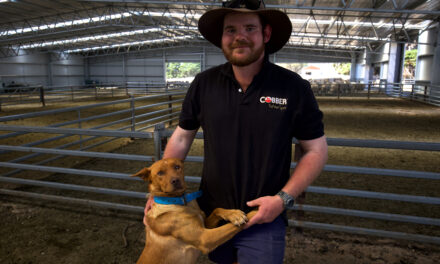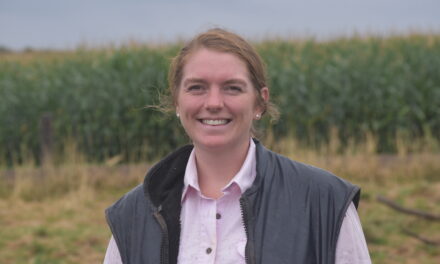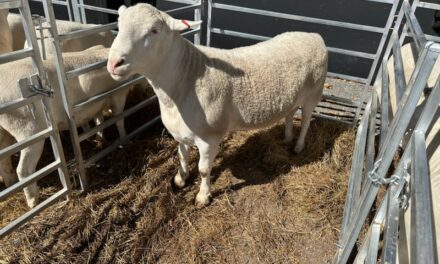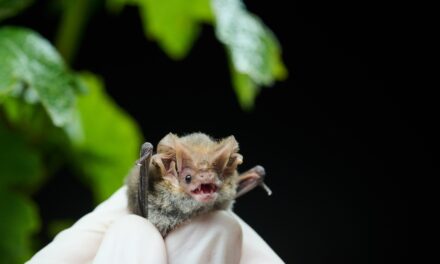Taking a more proactive approach to regulation, research and education is the only way to ensure the Australian poultry industry is at the forefront of innovation, particularly while issues such as animal welfare and biosecurity are seen as the catalyst for practice change.
That’s according to a report released today by Jessica Pitkin, a small-scale poultry breeder based in the Hunter Valley of New South Wales.
With support from AgriFutures Australia, Mrs Pitkin used her 2017 Nuffield Scholarship to research the connections between regulation and industry standards, and more innovative on-farm practices in the poultry industry.
Wanting to identify which circumstances impacted a producer’s appetite and ability to innovate, Mrs Pitkin travelled across Brazil, Chile, America, Canada, the Netherlands, Italy and New Zealand interviewing industry organisations, producers and researchers.
“Despite there being vast amounts of new technology and modern practices available to the poultry industry to improve productivity, shedding efficiency and animal welfare outcomes, the adoption rate of these technologies across Australia and worldwide is generally low,” Mrs Pitkin said.
“My research found that in many instances, regulations and industry guidelines set a minimum standard, which can actually act as both a driver and barrier to innovation.
“Well written and insightful regulation can promote innovation and practice change, but regulation or standards that are based on consumer trends or outdated methods can do the opposite.”
The report finds the often static nature of regulation and industry standards can inhibit future innovation. Travelling in Ontario, Canada, Mrs Pitkin observed an instance of the limiting potential of government policy.
“In many counties, there are standards which mandate bedding depth in sheds, to allow soft bedding for birds that absorbs moisture and creates a microbially beneficial environment for birds to dust bath and display other natural habits,” Mrs Pitkin said.
“I visited a poultry farm in Ontario, which had two separate shedding facilities – one old and one new. The new shed was equipped with a modern underfloor heating system, which the producer found ran most efficiently with no litter on top.
“While the method of keeping birds warm with underfloor heating is innovative and highly effective, adoption rates are low because many countries mandate a minimum litter depth on shed floors which makes the heating inefficient.”
Another key factor influencing innovation adoption in the poultry industry is the diversity of farm ownership.
“Historically, most poultry farms were family owned and operated businesses. In some cases, they were debt-laden and unable to invest in more innovative practices, or they were involved in intergenerational transition which can lead to difficulties in making changes on farm,” Mrs Pitkin said.
“Today, we are seeing a shift toward more corporate investment with large companies able to fund the construction and operation of more innovative operations.”
However, in some instances, standardised equipment and practice guidelines in larger, corporate poultry businesses can also stifle innovation.
“Several larger businesses in the United States use standardised production methods and equipment, as it lets them easily compare and benchmark different farm and employee performance,” Mrs Pitkin said.
“This can inhibit innovation or practice change on the individual level, as farmers are locked into the company approach and less agile in adopting new methods.”
Ultimately, the adoption of more innovative practices will help drive the industry towards a more prosperous future.
“Being proactive will deliver a more profitable and sustainable Australian poultry industry well into the future,” Mrs Pitkin said.
“Communication, education and the exchange of ideas within the industry will be key to opening up understanding of current practices and raising awareness of the new, improved practices that will ultimately drive the industry forward.”








